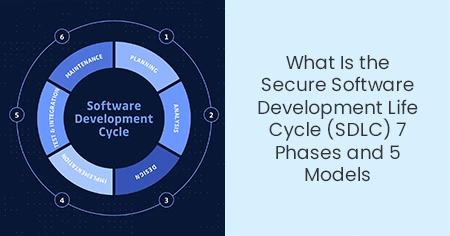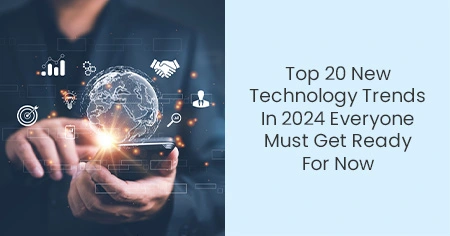Software development is a complex process that requires careful planning, efficient execution, and extensive testing. The SDLC consists of 6 phases, each playing an important role in the development process. In addition, five different models can be applied within the SDLC framework, depending on the project's specific requirements and goals.
SDLC provides a structured framework for managing the software development process, enabling organizations to deliver high-quality software products that meet customer expectations.
This blog post will examine the SDLC's six phases and five models, providing a comprehensive guide to mastering software development.
What is the SDLC?
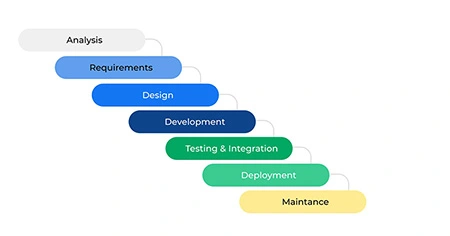
The Secure Software Development Life Cycle (SDLC) is a framework that defines the steps involved in software development for each phase. SDLC aims to reduce project risks through planning, ensuring the software meets customer expectations during production and beyond.
It covers the detailed plan for developing, deploying, and maintaining the software. The SDLC defines the entire development cycle, which includes all tasks involved in planning, creating, testing, and deploying a software product.
Why is the SDLC important?
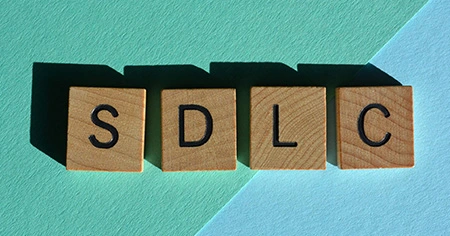
The SDLC is important because it helps people participate in the right activities at the right times. Using a structured approach to software helps ensure that your project is successful. Some of the SDLC's benefits are:
- It provides a standard framework that defines activities and deliverables.
- It helps with project planning, estimates, and scheduling.
- It increases visibility on all aspects of the life cycle to all stakeholders involved in the development process
- It improves client relations
- It decreases project risks
- It increases the speed of development
- It reduces project management costs and the overall cost of production.
- It makes project tracking and control easier.
7 Phases of the Software Development Life Cycle
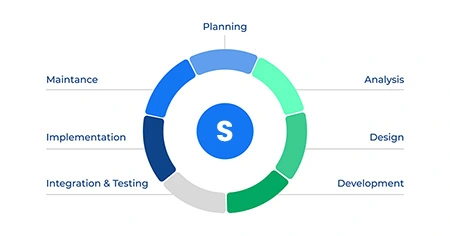
The SDLC specifies the task(s) a software engineer or developer will perform at various stages. It ensures that the end product meets customer expectations while staying within the budget. Let's look at the phases of a secure software development life cycle:
Phase 1: Project planning
The first stage of SDLC is "What do we want?" Project planning is an integral part of the software delivery lifecycle since it allows the team to estimate costs and define the requirements of the new software. From there, the terms of the project will be determined:
- Project scheduling.
- Cost estimation.
- Technical stack
- Roles needed in the project
- Required resources
- Leadership Structure
During the planning phase, the development team collects input from the customers, stakeholders, sales, developers, and internal and external experts. This data is compiled into a detailed definition of the requirements for developing the desired software. The team also determines the resources to meet the project's requirements and calculates the associated costs.
Expectations are also clearly defined at this stage; the team decides what is desired in the software and what is not. This phase yields tangible deliverables such as estimated costs, projected schedules, procurement needs, and project plans.
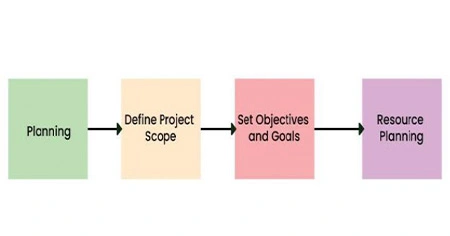
Phase 2: Gathering Requirements & Analysis
The second step in the SDLC is gathering maximum information from the client's product requirements. Discuss every detail and specification of the product with the customer. The development team will then analyze the requirements, keeping the software's design and code in mind, and determine the viability and reliability of incorporating these requirements into the software system.
The main goal of this stage is to help everyone understand every detail of the requirement. Some requirements include hardware, operating systems, programming, and security.
For example, a customer wants an application involving financial transactions. In this case, it has to be clear what types of transactions will be done, how they will be done, in which currency they will be done, etc. Some critical questions to consider during this phase include:
- What is the goal?
- Is it developing a new software project or upgrading an existing one?
- Do we have any deadlines that we need to pay attention to?
- What are the main results companies hope to get from the product?
- Do we use the internal development team, or will we have to outsource some partsof the project?
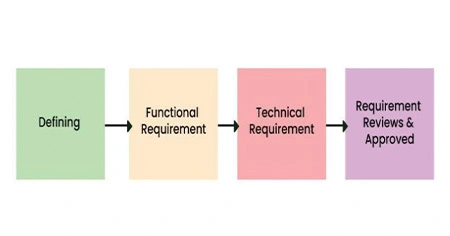
Phase 3: Design
During the design phase (3rd step of SDLC), the program developer evaluates whether the prepared software meets all end-users requirements. In addition, the project must be technologically and financially feasible for the customer. Once the developer has decided on the best design approach, he chooses program languages such as Oracle, Java, and others that will work well with the software. Developers will first outline the details for the overall application, along with specific aspects, such as:
- System interfaces
- Network and network requirements
- User Interfaces
- Databases
Once the design specification is complete, all stakeholders will review it and provide suggestions and feedback. Incorporating and collecting stakeholder input into the document is mandatory, as even small mistakes can lead to cost overrun.
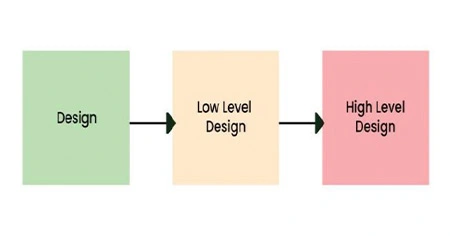
Phase 4: Development
In the development stage, developers write code and build the application using the design documents and previously created specifications.
This is where Static Application Security Testing (SAST) tools come in handy. The product program code follows the design document specifications. In theory, the previous planning and outlining should make the actual development phase easier.
Developers will follow the organization's coding guidelines and use tools like debuggers, interpreters, and compilers. Programming languages can include staples such as PHP, C++, and more. Developers will select the appropriate programming code based on project specifications and requirements.
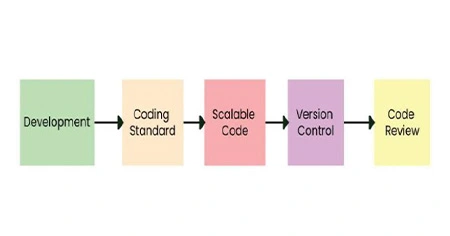
Phase 5: Testing
Building software is a long-term goal. It must be tested to ensure no bugs and the end-user experience is not jeopardized.
During the testing phase, developers will review their software with a fine-tooth comb, noting any bugs or defects that need to be tracked, fixed, and retested.
In addition to traditional security testing approaches such as SAST, organizations are increasingly adopting advanced techniques to identify vulnerabilities more efficiently during the testing phase. One emerging method is Interactive Application Security Testing (IAST), which provides real-time insights by analyzing both the application's code and its behavior while it runs. To better understand how IAST fits into secure development workflows, you can learn more about what Is IAST and how it differs from static and dynamic analysis methods. After testing, the QA and testing team find bugs or defects and communicate them to the developers. The development team then fixes the bugs before sending it to QA for retesting. This process continues until the software is bug-free, stable, and meets the system's business requirements. The types of testing to do in this phase:
Performance testing: Assesses the software's speed and scalability under various conditions. Functional testing:verifies that the software meets the requirements. Usability testing: Evaluates the software's user experience and overall user interface. Security test: Identifies potential vulnerabilities and weaknesses Usability testing: Tests individual units or components of the software Acceptance testing: Also termed end-user testing, application testing, field testing, or beta testing, this is the final testing stage to test if the software product delivers on its promises
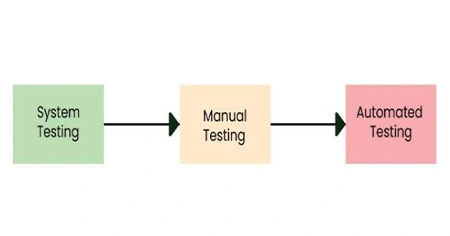
Phase 6: Deployment and maintenance
Your final product is delivered to your intended user during the deployment phase. You can automate this process and schedule your deployment according to the type. For example, if you only want to deploy a feature update, you can do so with a few users (canary release).
If you're developing new software, you can learn more about the various stages of the software release life cycle (SRLC).
If you're using a software development or waterfall structure, the maintenance phase is the final stage of the Secure Software Development Life Cycle (SDLC). However, the industry is shifting toward a more agile software development approach, with maintenance as a stage for further improvement.
In the maintenance stage, users can find errors and bugs missed in the earlier testing phase. These bugs need to be fixed for better retention and user experience. In some cases, these can result in returning to the first stage of the secure software development life cycle. The SDLC phases can also restart for any new features you want to include in your next release/update.
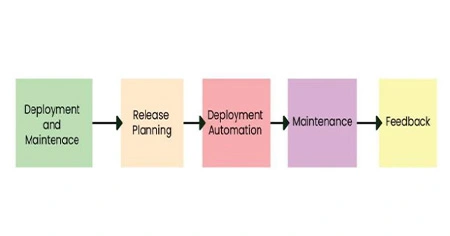
5 Models of Secure Software Development Life Cycle:
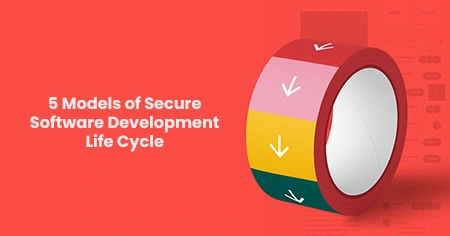
Various frameworks, or "models" of the Secure Software Development Lifecycle (SDLC), arrange the development process differently in software development. These models help organizations in implementing SDLC in an organized manner. Here are some of the most widely used software life cycle models.
Waterfall Model
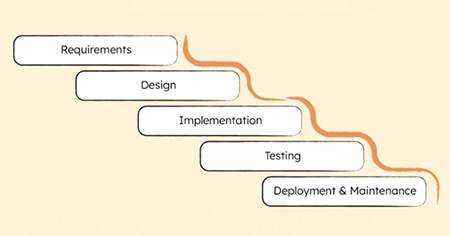
The waterfall model arranges all the steps in order so that each subsequent step depends on the previous step's results. Conceptually, the design moves like a waterfall from one stage to the next. The waterfall model applies discipline to project management and tangible results at each phase. However, once a step is completed, there is little room for change because it can impact lead time, software cost, and quality. As a result, this model is best suited for small software development projects in which tasks can be easily organized and managed, and requirements can be precisely defined in advance.
Agile Model
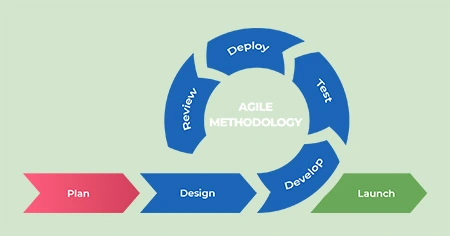
The Agile model divides the SDLC stages into different development cycles. The team moves quickly through the stages and offers small incremental software changes to each process. Respond quickly to changes by regularly assessing needs, plans, and outcomes. The Agile model is incremental and iterative, making it more efficient than other process models. Agile development cycles help teams identify and resolve issues in complex projects before they become significant problems. Throughout the project's lifecycle, you can solicit feedback from customers and stakeholders. However, over-reliance on customer feedback can result in excessive scope changes or project abandonment.
V-Shaped
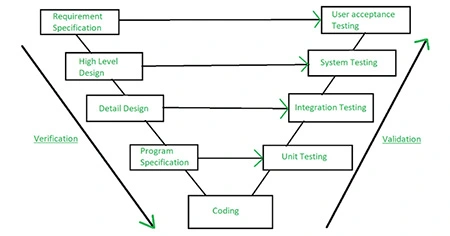
The V-shaped model, or the Verification and Validation model, executes processes in a V-shaped sequential
order. Before producing code, static analysis is used for verification. Validation is a dynamic analysis
technique that tests existing code.
This model works well for teams comprised of members with the necessary expertise. The V-shaped model is
ideal for development teams that want to detect errors before they cause problems.
Iterative model
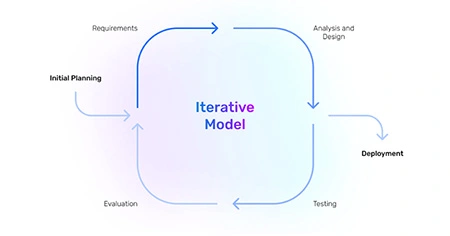
In contrast to a strictly linear progression, the iterative model divides the development process into small cycles. This allows developers to make incremental and frequent changes, learning from mistakes before they become expensive. The iterative model allows developers to receive user feedback at all stages of the development process, making it ideal for large projects with a strong leadership team.
Spiral Model
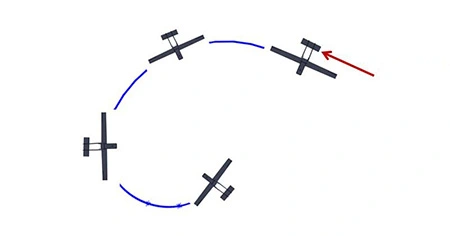
The spiral model combines the iterative model's small iterative cycles with the waterfall model's linear sequential flow. The spiral model allows you to ensure that your software's gradual release is improved by prototyping at each stage. The spiral pattern suits large, complex projects requiring frequent changes. However, this can be costly for small projects with limited scope.
Which SDLC model is the best and most used?
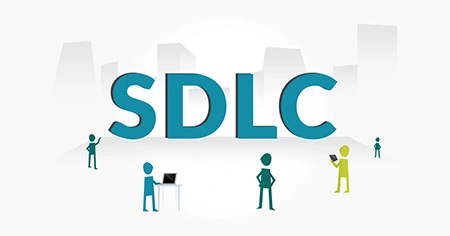
Each SDLC model offers a unique process for your team's project challenges. The project specifications and expected results will significantly impact the model used. For example, the waterfall model is best for projects where the team is limited or unable to provide continuous feedback to the client. However, the Agile model's flexibility makes it ideal for complex projects with ever-changing requirements. As a result, the Agile SDLC model has recently been in high demand and has become famous. This question can be mainly related to the basic principles of flexibility and flexible models.
Conclusion
We now know that the Software Development Life Cycle (SDLC) is a critical framework for better and more structured development of optimized software programs. Enabling good and innovative solutions for users and organizations is crucial in a world of rapid software programs. Furthermore, applying SDLC principles to achieve software development objectives effectively is preferable.




